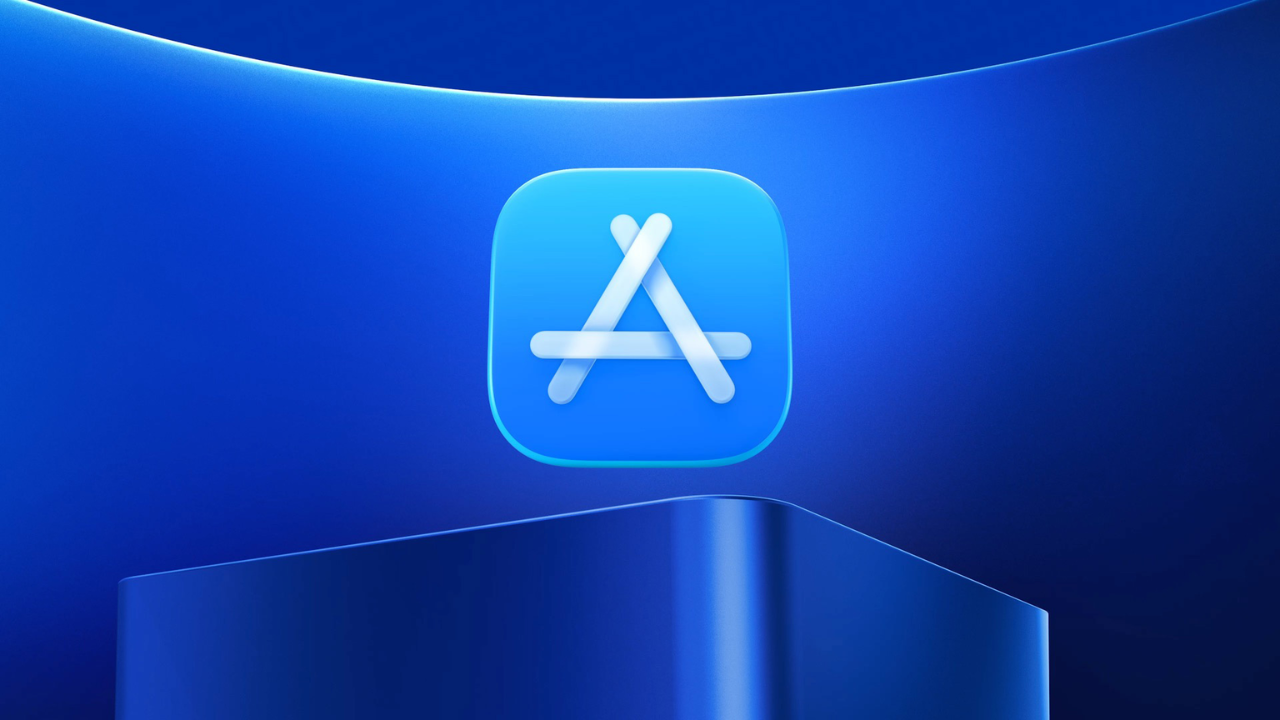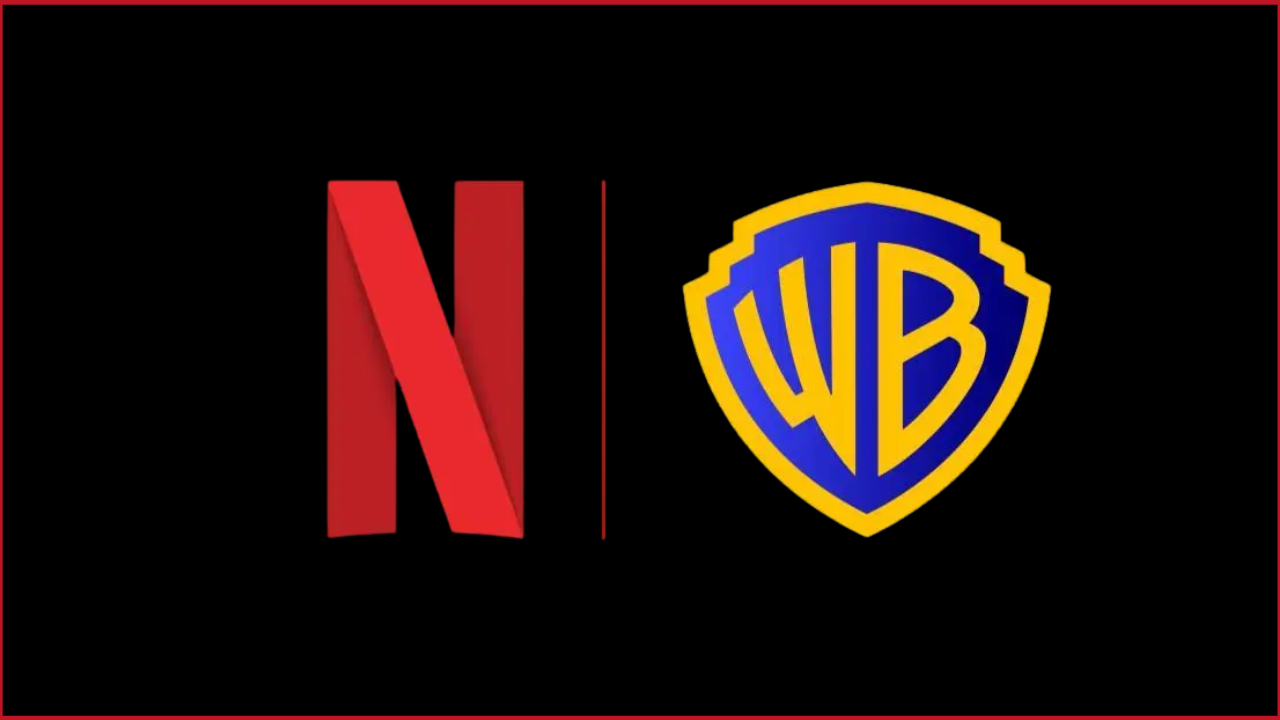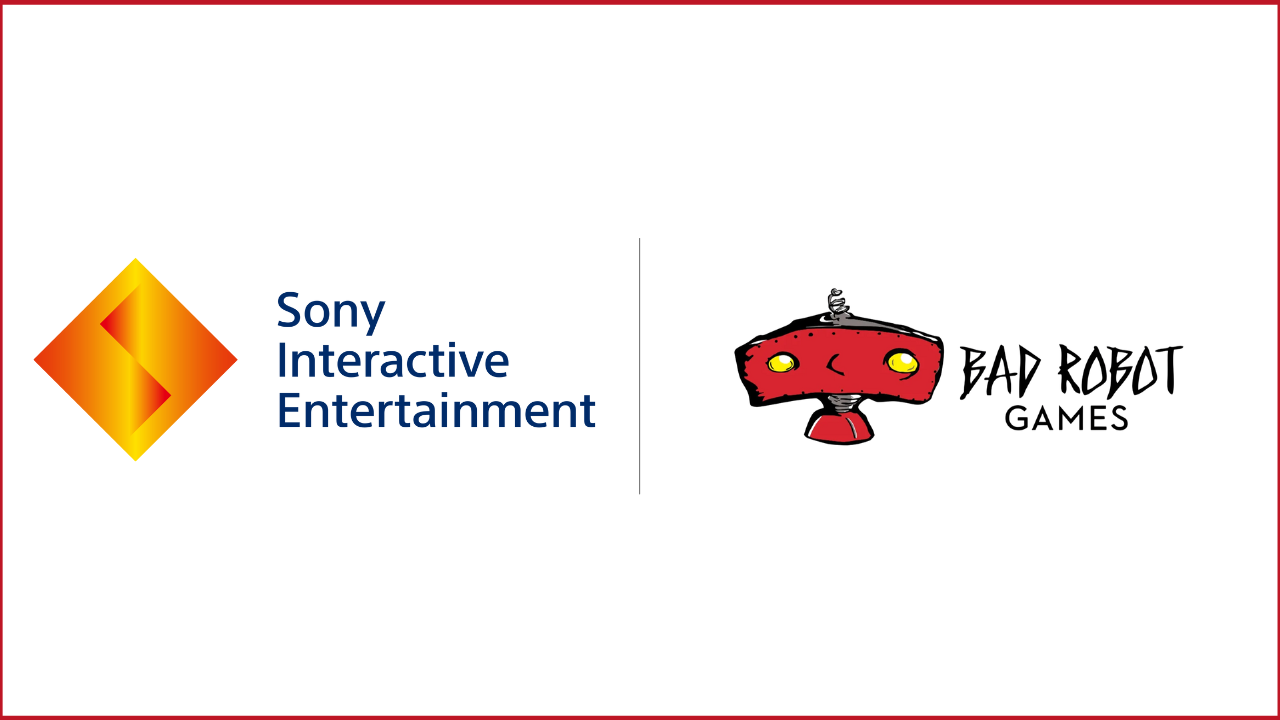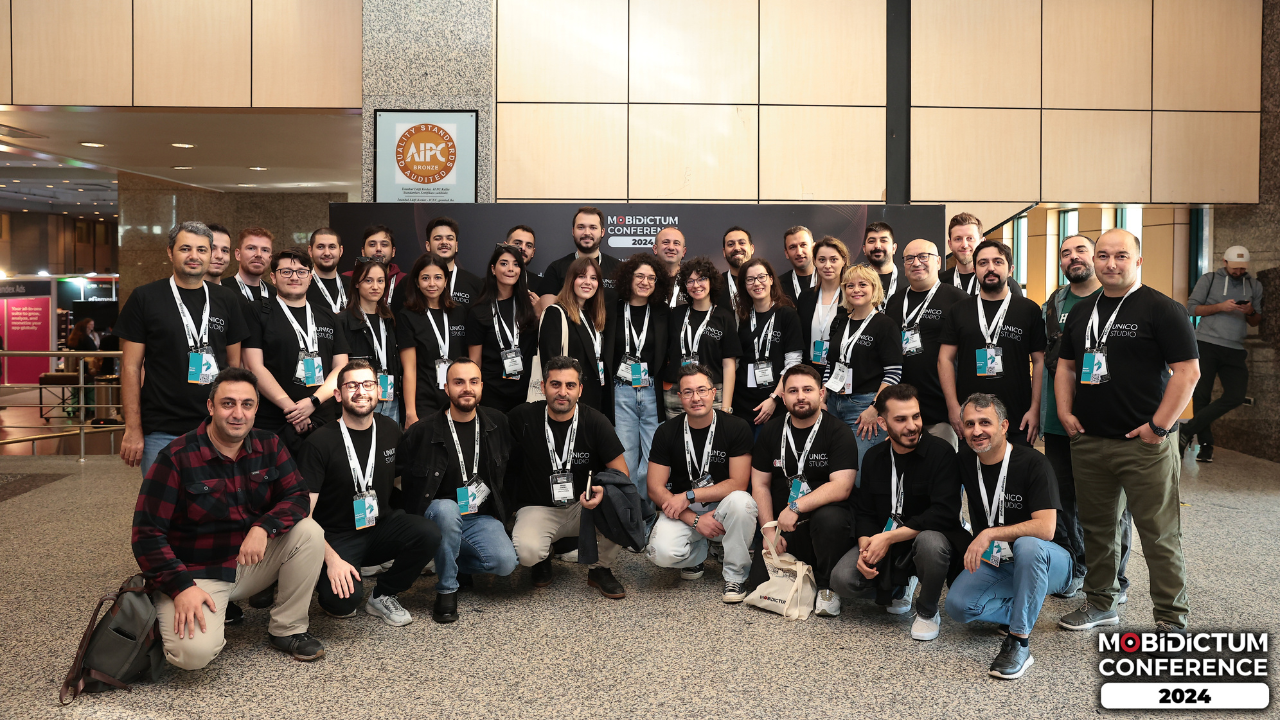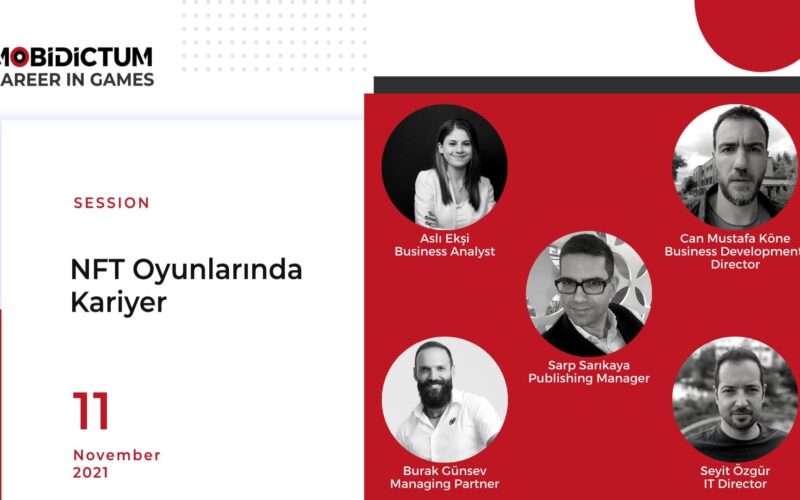As Mobidictum, we held our Career in Games event on November 11th! In our event, we hosted precious names and discussed many issues related to the sector. In one of the panels in our event, we hosted Sarp Sarıkaya, Seyit Özgür and Aslı Ekşi from Netmarble; and Burak Günsev from Boğaziçi Ventures.
In the panel moderated by Sarp Sarıkaya, answers to many questions such as how to make a career in NFT games, whether there are advantages and disadvantages were sought. Sarıkaya has also been working as a publisher in the game industry for nearly a year, in addition to his nearly 20-year analyst career.
Seyit Özgür, one of our panelists, has managed large IT infrastructures for years. Özgür, who started his career in the crypto industry in 2013, was also Turkey’s first ICO in 2017. Our panelist, who is highly experienced in blockchain, has been developing projects on the blockchain for the last two years.
Aslı Ekşi started her career in the financial sector in the field of business development. Later, he designed mobile services and is currently working as a game analyst at Netmarble.
Burak Günsev is Managing Partner at Boğaziçi Ventures and responsible for NFT games Venture Building.
NFTs are units of value with their uniqueness. Depending on their intended use, they can be exchanged for a real value or appear as a crypto value on their own. Because of these features, you can often hear the term blockchain when talking about NFTs.
It is possible to think of NFTs as programmable money, in a way. The purpose of using NFTs with more than one type may vary according to the project they belong to. From the point of view of the game industry, providing financial gain to both the player and the developer is generally the primary goal.
The market volume of NFTs has increased nearly 40 times compared to last year. Games have an essential place in the NFT and blockchain market, which has been on the rise recently. For this reason, people are making career plans in NFT games, and they want to enter this industry.
This year, news of investment in the NFT industry came one after the other. Many new NFT games have been announced, and NFT systems have been integrated into existing games. With this rapid progress, the industry reached a large economic volume. Of course, behind the NFT game market reaching this size, there are some leading companies, games, and systems. For example, Axie Infinity had a market cap of approximately $40 million as of 2020. By 2021, this value has increased 200 times and exceeded 9 billion dollars. Many similar NFT game projects continued to grow by multiplying themselves in just one year.
How to enter the NFT gaming industry?
Seyit Özgür discussed “How to enter the NFT game industry and where to start to make NFT games” in the panel. Özgür explained the term NFT from his own point of view and started his speech as follows:
“I call NFTs stamp collections. There used to be stamp collections. We would buy them and exchange them with our friends. We can think of NFT as something similar. Next came NFT Gaming. We started with collectibles, which we call NFT, and then platforms began to emerge to use these stamps.”
Afterward, Özgür stated that this “stamp system” was integrated into the games and noted that NFTs created their own ecosystem. Regarding how to enter the industry, our panelist made the following recommendations:
“First of all, I recommend everyone buy and sell an NFT or send it to a friend. For example, it can be obtained from NFTs sold at very low prices through OpenSea.”
It is essential for market circulation that users exchange and sell their NFTs instead of just holding them. This circulation will also allow users to evaluate their tokens and follow opportunities quickly. The constantly moving market will also present new opportunities as it continues to grow.
Saying that the starting point of NFT games is the economy, Özgür explains the subject as follows:
“The crux of NFT is the economy. The economy of the game has to be very good. Those who are interested in NFT get into this business to make money. Therefore, if you are going to develop an NFT game, you should first make your on-chain and off-chain plans. In on-chain, you decide the data you will put on the blockchain. In off-chain, you have to decide on the data you will put outside of the blockchain. After making these decisions, the NFTs and the game economy need to be adjusted like real economies. Currently, the success of an NFT game depends entirely on the economic model in the game.”
Stating that existing games can also be converted to NFT, Özgür says the critical point is what will be converted to NFT in the game. Characters, items, or parts of the game can be moved to the NFT category, or the NFT game can be coded from scratch. It should be noted that there are games that run entirely on the blockchain and games with hybrid models. Our panelist offers the following advice for game companies:
“This is the game industry as we know it. You just need a nice economic model and NFT them. When these two issues are resolved, normal games can return to the NFT model, or NFT games can be coded from scratch.”
Another issue on the subject is the future of free-to-play (F2P) games. The development of the play-to-earn (P2E) model seems to have a profound impact on other models. When asked whether P2E games are replacing F2P games, Seyit Özgür answers as follows:
“I can say that F2P is clearly over. There was already an economy in F2P games. Third parties always drove these economies. Especially in big games -such as MMORPG- the economy has been there since the first day. For example, we saw that when the economy deteriorated in games such as Knight Online and Metin2, the games collapsed.”
There are already in-game economies in the game world and outsourcing of these in-game values. This system created a value in itself. People were able to make real monetary gains from things like “sales of items” and “sales of in-game currency.” The NFT system has taken its place in this ecosystem as a broader, more profitable, and more profound alternative. In short, NFTs have brought a new perspective to the understanding of game economics.
The in-game economy of many games has an impact on their lifespan. Games with a good economy -even if they don’t make people real money- have a relatively long life. At this point, economics is becoming an increasingly important issue for systems that combine real material values with game economies. But unfortunately, game economies are not always successful and break down. On the subject, Özgür states the following:
“Economies deteriorate as follows: When a situation such as hacking (cheating) or copying items occurs in the game, the economy deteriorates. You could already sell characters from the games you played or in-game currency on third-party sites. In fact, this was a phenomenon that existed until today. Now these systems have started to be migrated into gaming platforms.”
Earlier systems were generally one-sided. When the player made an in-game purchase-for example, a costume-they paid the game developer for it. The NFT model also included the player in this monetization system, paving the way for players to sell their possessions to other players. Thus, the game has become a profitable place not only for the developer but also for the player.
How does NFT Games differ from other games? How is the player experience?
In some parts of the world, people earn their living by playing games with the P2E model. Especially people in countries where local currencies have little value against global currencies such as the dollar and the euro show great interest in NFTs. Regarding the subject, our panelist Aslı Ekşi expresses the following:
“Some of the people, especially in countries like the Philippines, are in a position to make a living by making money from P2E. There is a severe community on the subject in the region. People are getting together. This is a feature we generally observe in NFT games. Sometimes even before an NFT game is released, it has a Discord, a Twitter, and a community is formed.”
Our panelist, who stated that people were investing by buying game NFTs even before the game was released, draws attention to how active the NFT communities are and how fast they are growing. In terms of gaming experience, the player feels more connected to the game as they can get the NFT item they want. It is possible to say that NFTs offer a kind of “customization” to the player.
In the game, players can be involved in the economy in various ways. Although this participation varies from game to game, all of these models serve to keep the game economy alive and to continue the earnings cycle. At some point, the money that comes out of people’s pockets for games becomes an investment rather than just an element of pleasure.
How can a non-NFT game be converted to NFT?
In 2021, crypto gaming companies received huge investments. So what are the essentials of NFT games? How can non-NFT games be converted to NFT?
Burak Günsev answered:
“Of course non-NFT games can revert to NFT. But there are some barriers to this: the technical barrier, the barrier in game design, the barrier on the community side, and the barrier in monetization.”
Later, Günsev makes statements over these barriers. In the technical and game design fields, companies may need to revise their technologies with a good understanding of NFT requirements. In addition to the classical methods still used, the blending of new game design and NFT systems and the efficient use of NFT-related technologies play an essential role in overcoming these barriers.
In terms of community, it is necessary to go beyond the limited community structure, especially in hyper-casual. To generalize roughly, games whose community structure consists only of ratings and reviews in mobile app stores have a low chance in NFT. Because one of the indispensable parts of the NFT system is the player contribution, it is essential to create and actively operate the gaming community in terms of providing player contribution. In NFT games, it should be taken into account that the players are also the partners of the game.
In terms of making money, although it is to the advantage of the game company to be present in the crypto markets, details such as transaction fees on the platforms can sometimes become an obstacle. Companies need to consider the economies of the countries they want to enter the market and constantly analyze their financial values from the exit prices.
What are the expectations of investors from studios?
Of course, the ever-increasing investments in NFT games do not mean that every NFT project will receive investment. It is always natural for investors to have some expectations from projects and studios. At this point, as an investor, Burak Günsev offers some advice:
“First of all, it is essential to know the world of blockchain and NFT. The level of knowledge here must be high. Nine-tenths of the studios started with enthusiasm, but only one-tenth of them have made it sustainable and can allocate resources. Let me tell you a few of my observations: The game studio needs to have a good command of the network where the game will be published. If multichain (more than one blockchain) is to be released, too, they will need to follow them. Here, serious research, experience, and then a commitment to work properly is required.”
Günsev states that apart from these, the ecosystem of the game is also essential. It is also important to monitor which wallets the printed and sold NFTs are on. The most critical issue is to create limited resources. The fact that the product to be produced is limited is very important in creating value. At this point, the developers’ ability to establish this balance and overcome the barriers mentioned by our guest can move the company forward on the path to investment.
Saying that a game should be made in accordance with the requirements of the crypto world, Günsev also expresses the following:
“We need a model that will keep the player away from fast consumption in accordance with the elements of the crypto world and will gain something as a result of waiting. The in-game token economy should be well structured. If the game is going to be a token, it needs economy and management. In addition, all this profit and economy should be distributed very well into the game.”
Attention should also be paid to the preparation of the NFT catalog. NFTs must be sold and continue to circulate. After all, many different elements need to come together, and Özgür underlines that this means a significant amount of time, information, and cost.

